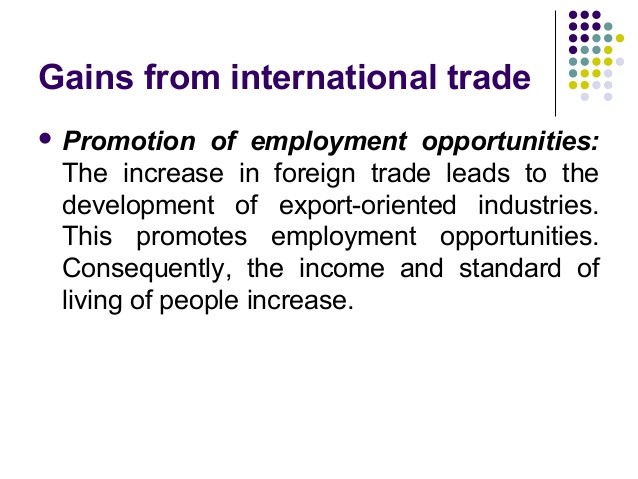Balance of Payments with Financial Accounts Measuring Foreign Trade Video Lesson Transcript
Post on: 20 Октябрь, 2015 No Comment

Instructor: Aaron Hill
Aaron has worked in the financial industry for 14 years and has Accounting & Economics degree and masters in Business Administration. He is an accredited wealth manager.
Learn about the balance of payments and the two key components that make it up. Discover what the financial/capital account is and how it relates to foreign trade and surpluses and deficits.
Balance of Payments Basics
The best way to have an in-depth understanding of international financial issues is to make sure you understand the balance of payments. From time to time, these concepts can become a little complex, but this lesson will work to give you the simple framework needed to create a solid foundation. To review, the balance of payments. or BOP, is a country’s record of all transactions between its residents and the residents of all other foreign nations. It is kind of like your checkbook register that shows all the inflows and outflows of your money! It measures how much money is going in and out of a country. These transactions include payments for services and the country’s exports and imports of goods, financial capital, and financial transfers.
The current account and the financial account, which is often referred to as the capital account, make up a country’s balance of payments. Much like your online bank account or checkbook gives you a snapshot of your financial situation, these accounts help tell a story about the state of an economy and its outlook.
Balance of Payments Structure
As I mentioned, the balance of payments is generally divided into the current account and the financial account. Our lesson will focus more on the financial (aka capital) account, but first let’s review the current account. The current account is used to measure the short-term inflows and outflows of money into a country. This includes exports and imports of services and merchandise, which are commonly referred to when speaking about trade deficits and trade surpluses. More exports helps to create a trade or account surplus, more imports a deficit.
The second key component in the balance of payments is the capital/financial account, and this will be the focus of our lesson. Don’t forget that the terms ‘capital’ and ‘financial’ will mean the same thing going forward! The financial account is where long-term flows of payments are recorded between countries. This includes payments for physical capital, such as factories and equipment, as well as financial capital, such as stocks, bonds, and real estate. These payments or purchases can be made by individuals, businesses, and even governments.
Components of the Financial-Capital Account
When discussing the financial account in regards to foreign trade and defining whether the balance of payments is in a surplus or deficit, it is often easiest to divide the financial account into the following two categories:
1. Domestic investment in the foreign sector

This is the net flow of payments used by people or organizations in the domestic economy to purchase financial and physical assets in other nations. ‘Domestic,’ in this case, means ‘American.’ For example, this could be foreign stock you own in a company or an investment made by an American company to expand operations overseas. The bulk of this category is usually made up of purchases of foreign assets by private domestic businesses. This is considered an outflow of money, or debit, similar to how an import is counted in the current account and counts towards a trade deficit.
2. Foreign investment in the domestic sector
This is the flow of payments from foreign countries to purchase financial and physical assets in the American (or domestic) economy. For example, the largest portion of this category is from businesses in regions like China, Japan, and Europe purchasing land, factories, and financial instruments in the U.S. This is considered an inflow of money, or credit, similar to how an export is counted in the current account and aids in a trade surplus.
Measuring Surplus & Deficit
In general, if a country has received money, this is known as a credit, which means that it leads to a surplus. If a country has paid or given money, this is counted as a debit, and it leads to a deficit.
We can measure the balance of the capital/financial account by comparing the credits and deficits. This means that we’re summing the money flowing into the U.S. economy from payments from foreign countries with the money flowing out via payments by the American sector. For example, if the U.S. invested $500 million in foreign countries and likewise had foreign countries invest $300 million in U.S. assets, the financial account balance would be a negative $200 million deficit. More money flowed out of the U.S. than into the U.S.














